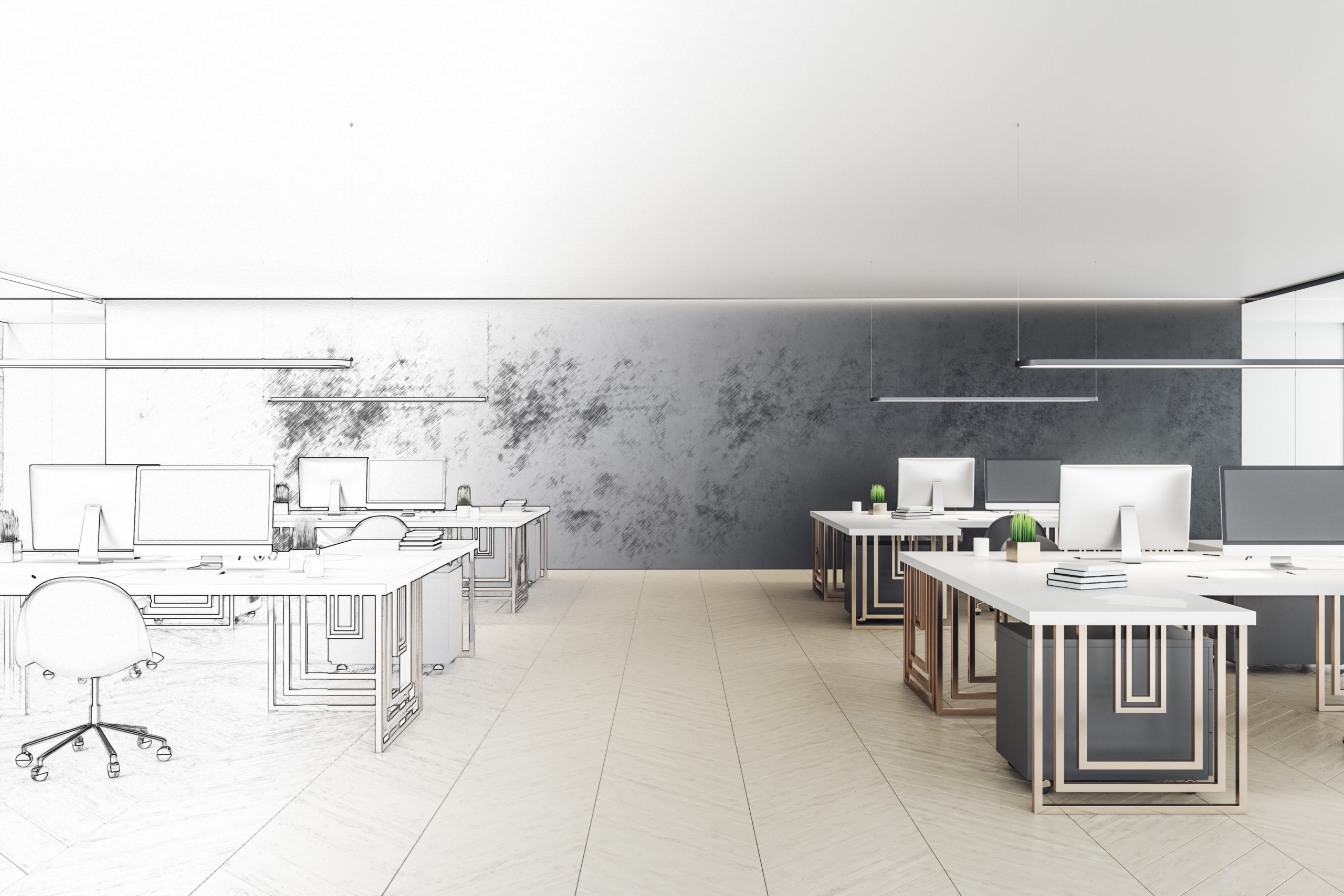What is BOMA? BOMA is the Building Owners and Managers Association International. It has been the leading trade association for commercial real estate (CRE) professionals for over 100 years and represents owners, managers, and service providers of office, industrial, medical, corporate, and mixed-use properties.
The association is the primary source of information on building management and operations, development, leasing, building operating costs, energy consumption patterns, local and national building codes, legislation, occupancy statistics, technological developments, and other industry trends.
With BOMA’s considerable influence in the CRE industry, specifically with property measurement, we outlined the most important BOMA definitions to know for CRE professionals.
Note: These terms are established by BOMA and are used in their measurement standards.
BOMA Definitions
1. BOMA Standard Method of Measurement
The BOMA Standard is used to compute floor area in and around buildings via an agreed-upon, standard method of measurement.
BOMA method of measurement offers measurement standards for Office, Industrial, Gross Areas, Multi-Unit Residential, Retail, and Mixed-Use properties. The standard is updated over time. It is widely used by building owners, facility managers, leasing professionals, tenants, appraisers, architects, planners, and building measurement professionals.
2. Building Amenity Area
A non-permanent space which is for the benefit of all occupants in the building and can be converted to a tenant area at a future date. Examples include shared conference rooms, food services facilities, health or fitness centers, or daycare facilities.
These areas are proportionately allocated to all occupants in the building.
3. Building Service Area
The spaces in the building that provide the necessary services or circulation required for normal building operations. Examples include bicycle storage rooms, building mechanical and electrical rooms, caged mechanical and storage spaces, loading docks, lobby spaces, building operation rooms/offices, etc.
These areas are proportionately allocated to all occupants in the building.
4. Gross Leasable Area (GLA)
The physical or non-physical demised portions of a Retail Property suitable for occupancy and/or storage by individual occupants which normally house personnel, customers, goods and merchandise, racking, furniture, fixtures, supplies, equipment, etc.
5. Overall Measurement
The measurement of the entire Retail Property, including all retail suites and communal areas.
Note: For Retail Properties only
Other Terms to Know in Commercial Real Estate
Browse more content to learn other key terms to know in commercial real estate:
- 20 Commercial Real Estate Terms to Know: Understand Your CRE Investment
- Building Management System vs Building Automation System: What’s the Difference?
- Sustainability for CRE Buildings 101: What is Virtual Engineering for HVAC?
- What is a Net Zero Energy Commercial Building – And Why Should It Be on Your Radar?
- Understand Your HVAC—Air Handling Units (AHU)
- Understand Your HVAC—Packaged Rooftop Unit (RTU)
- Understand Your HVAC—The Refrigeration Cycle
- Understand Your HVAC—Superheat and Subcooling
Space Measurement at Your CRE Property
Along with understanding these BOMA definitions, it is also important to ensure your rentable square footage (RSF) metrics are always accurate and aligned with BOMA Standards. By partnering with a space measurement expert, you can u can uncover new revenue opportunities, keep up-to-date floor plans, maintain compliance, and more.
Interested in learning more space measurement terminology? Check out our Glossary, “CRE Space Measurement Glossary: Key Terms Every Real Estate Pro Should Know.”













